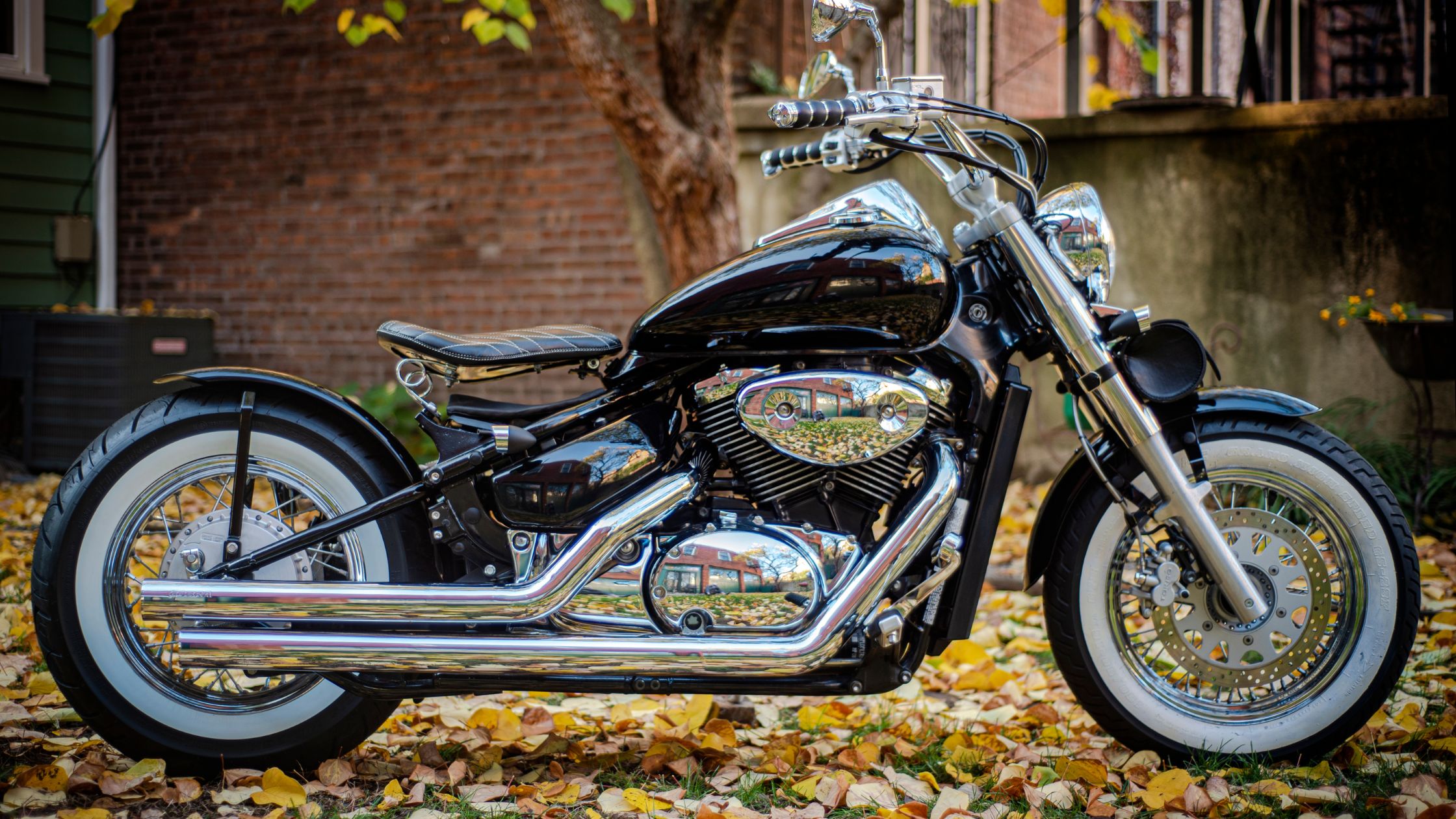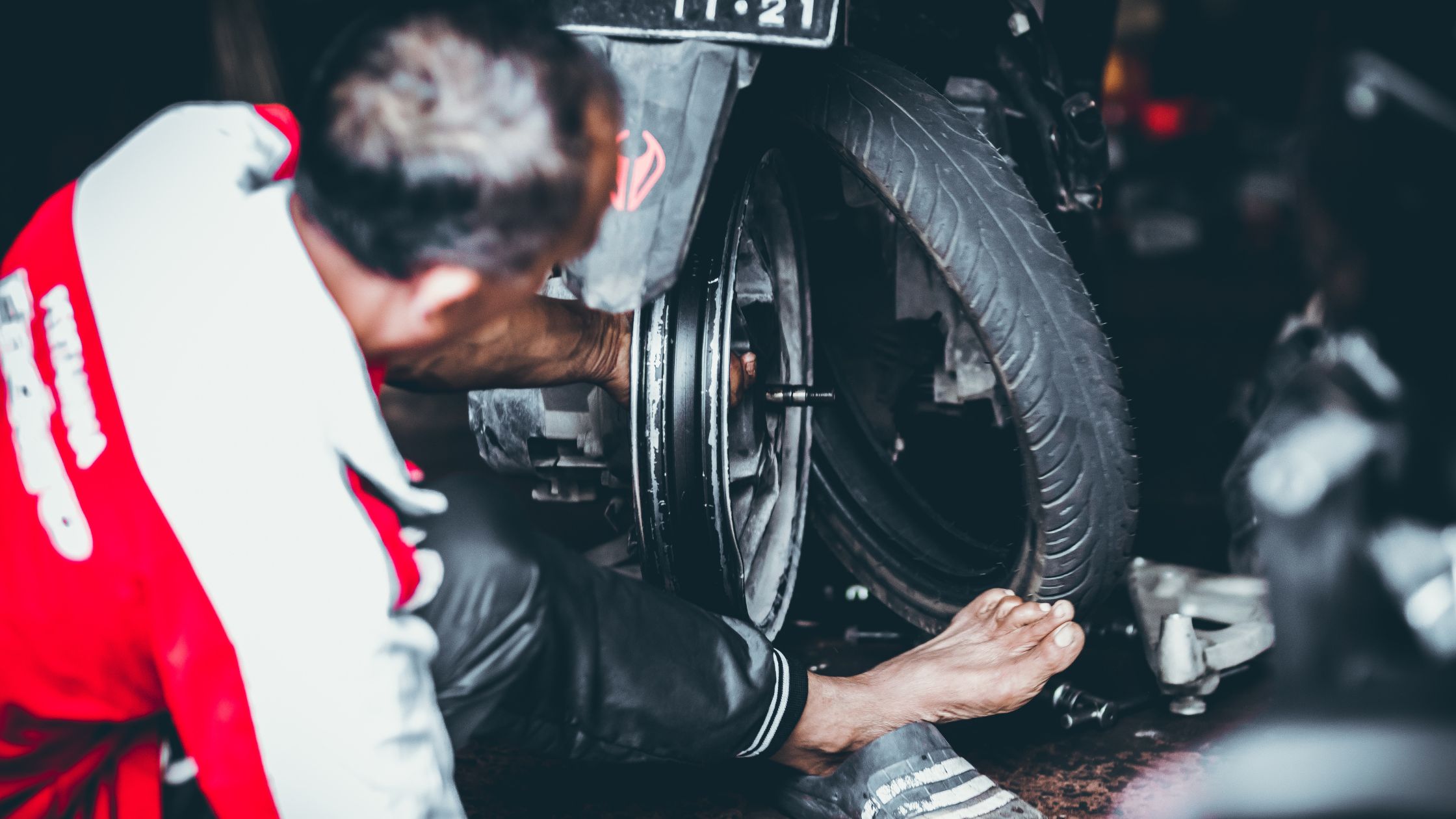Jika anda sedang mencari How To Connect A Motor With A Battery Compartment, anda berada di tempat yang tepat! Disini saya akan mencoba membahas beberapa pertanyaan mengenai How To Connect A Motor With A Battery Compartment.
How do you set up a DC motor?
Step 1: Build your coil base. Step 2: Wrap the coil around the coil base. Step 3: Test the electrical connection of the wire. Step 4: Improve the electrical connections of the coil base. Step 5: Check the connections. Step 6: Make the commutator. Step 7: Construct the stator (the base).
What can I use if I don’t have solder?
Electro-conductive glue, like this kind found on Amazon, would be my first choice as an alternative to soldering electronics. In fact, this is the first method I discuss. The great thing is that doesn’t require any heating at all and focuses on sensitive electronics like computers, phones, etc.
Can you use electrical tape instead of solder?
You are also confusing means of making a connection with the means of holding that connection in place. Solder does both these things. Electrical tape only does the latter. Therefore, no, electrical tape is not a substitute for soldering.
How is a DC motor wired?
A simple DC motor has a stationary set of magnets in the stator and an armature with one or more windings of insulated wire wrapped around a soft iron core that concentrates the magnetic field. The windings usually have multiple turns around the core, and in large motors there can be several parallel current paths.
How can you tell if a DC motor is positive or negative?
A DC motor is a motor that runs using a DC power supply. As shown in the preceding picture, it has two terminal wires. We can call one of these terminal wire positive and the other one negative. Usually, these wires are marked red and black where red is positive and black is negative.
What do I need to build a DC motor?
Insulated copper wire or magnet wire. Black permanent marker (such as a Sharpie). Scissors. Small neodymium disc magnets. D-cell battery. Battery holder (sticky tack or modeling clay can be used instead). Large rubber band (not needed if using a battery holder). 2 large paperclips.
How does a simple DC motor work?
A simple DC motor uses a stationary set of magnets in the stator, and a coil of wire with a current running through it to generate an electromagnetic field aligned with the centre of the coil. One or more windings of insulated wire are wrapped around the core of the motor to concentrate the magnetic field.
Can DC motor connect to power supply?
Yes if they are connected in series for higher Voltage. He current will be limited to that of the power supply with the lowest current rating.
How do you make a homemade motor?
Step 1: Materials and Tools You Will Need to Create a Simple Motor. Step 2: Creating the Copper Wire Coil. Step 3: Sanding the Ends. Step 4: Building a Rig to Hold the Coil (part 1). Step 5: Building a Rig to Hold the Coil (part 2). Step 6: Attaching the Magnet. Step 7: Testing Your Motor.
How does a battery magnet motor work?
The magnetic field is pushing up towards the battery. The electric flow of current is pushing down towards the magnet. These opposing forces cause an outward motion on the wire – causing it to spin around the magnet. This kind of motor with a battery, magnet, and wire, is called a homopolar motor.
How do you make a magnet with a battery and wire?
Take your nail and wire and firmly coil the wire around the nail, leaving two straight pieces of wire at each end. Place the battery beside the wire coil and nail. Align each end of the wire to the battery. Tape the ends of the wire to the battery ends with some tape and wait for a few seconds.
How does a DIY electric motor work?
The simple motor built in class uses a coil that is a temporary electromagnet. This coil gets the force to help create torque from the electrical current supplied by the battery. The donut magnet used in the motor is a permanent magnet, which means it has a north and a south pole that are permanently in place.

Is there a glue that works like solder?
If you’ve ever soldered or welded, you’ll know that things get pretty hot. MesoGlue intends to fix that. It’s a room-temperature metallic glue that lets you stick parts together with reckless abandon and electrical control.
Can I use glue gun instead of solder?
No, you can’t. A hot melt glue gun does not get as hot as a soldering iron, and the highest temperature is inside the chamber, not at the tip. Soldering requires transferring a lot of heat from the iron tip to heat up both the wire, the lug it is being soldered to, and also the solder.
Is it better to solder or crimp battery terminals?
Crimping offers stronger, more reliable connections than soldering. Soldering uses heated metal to join the cable to the connector. Over time, this filler metal will degrade, which may cause the connection to fail. Most electricians will agree that crimping is also easier than soldering.
What is the third wire used for?
The third wire is used to present the common mode (CM) voltage existing at the sensor to the receiving device. The difference between the average signal voltage and input circuit reference voltage (common mode voltage) will generate an error in all receiving devices.
How many wires does a single phase motor have?
Single-phase power is a two-wire alternating current (ac) power circuit. Typically, there is one power wire—the phase wire—and one neutral wire, with current flowing between the power wire (through the load) and the neutral wire.
Why does 240V not need a neutral?
The grounded (neutral) conductor is connected to the center of the coil (center tap), which is why it provides half the voltage. Therefore, if a device requires only 240V, only two ungrounded (hot) conductors are required to supply the device.
What does line 1 and line 2 mean on a motor?
The incoming circuit wires that provide the power are referred to as the line wires. L1 (line 1) is a red wire and L2 (line 2) is a black wire. Together, they show the motor voltage. Having both an L1 and L2 indicate that the motor voltage may be 240 volts.
Why do some motors have 3 wires?
As there are three sets of coils, there are three wires – one for each set of coils so they can be individually energized. The ESC is what controls the sequence in which the coils are energized. Essentially, a brushless DC motor is a three-phase AC motor.
How long can a battery power a motor?
Battery Capacity A battery with a 1600 mAh rating will provide 1 mA for close to 1600 hours, however, it will not provide 1.6A for a full hour. Consider adding a second battery in parallel, this will keep the supply voltage the same but increase the capacity.
Can a small DC motor generate electricity?
Both brushed and brushless DC motors can be operated as generators.
Why do DC motors have 3 wires?
The three wires give the brushless motors more pulling power. Understanding this helps understand stepper motors below. The two wires of the brushed dc motor can be thought of as forward and reverse. The three wires of brushless can be thought of as 1, 2 and 3.
How do you stop a DC motor from overheating?
Keep it away from other sources of heat, give it plenty of space, and make sure that the ventilation holes are clear. When you start using your electric motor, remember to consistently monitor its temperature and performance for signs of overheating or deterioration.
Terimakasih telah membaca How To Connect A Motor With A Battery Compartment, semoga jawaban dari pertanyaan anda telah saya jawab semua. Semoga bermanfaat!
 Mobil Series Situs Mobil Terbaik se-antero Bintaro
Mobil Series Situs Mobil Terbaik se-antero Bintaro
